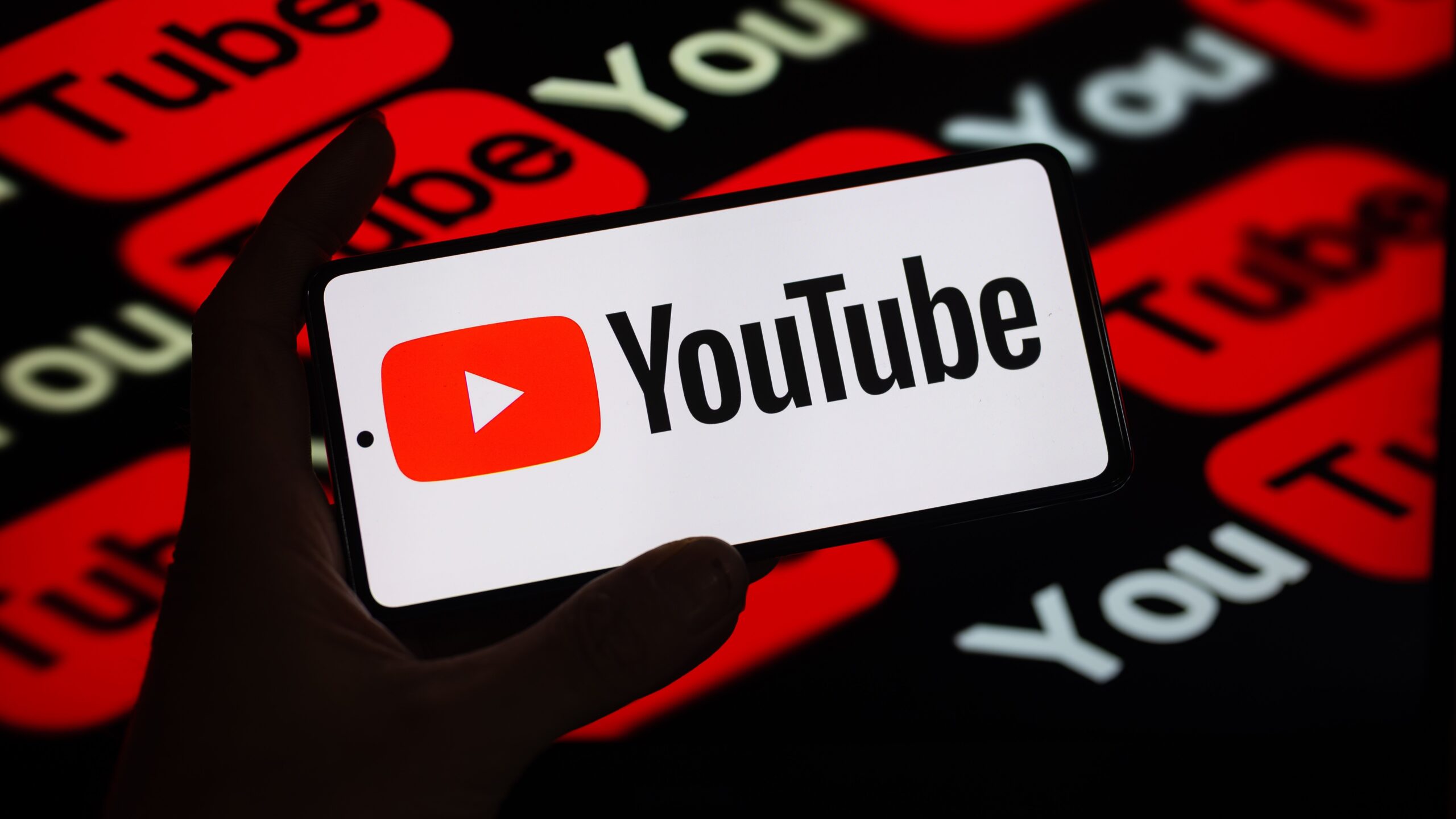UPDATE: YouTube has just announced a groundbreaking trial of AI-powered age verification checks in the United States, aiming to filter inappropriate content for users. This urgent move follows a complete ban on YouTube access for users under 16 in Australia and new restrictions on social media for minors in the UK.
The testing phase is set to begin **within weeks**, targeting a sample audience in the U.S. YouTube plans to roll out this technology nationwide, customizing the viewing experience based on the user’s age. This initiative aims to protect teens by ensuring they access age-appropriate content.
In a detailed blog post, **James Beser**, YouTube’s Director of Product Management for Youth, confirmed the use of “machine learning age estimation” to enhance user safety. This technology will analyze user behavior, including searched videos and categories, to determine age. Beser stated, “Over the next few weeks, we’ll begin to roll out machine learning to a small set of users in the US to estimate their age, so that teens are treated as teens and adults as adults.”
Significantly, the AI system will not only block unsuitable content but also disable personalized ads for children. Older users may need to provide government-issued ID if the AI incorrectly assesses their age. This dual approach aims to bolster digital safety while navigating privacy concerns.
YouTube is taking these steps amidst growing scrutiny over how social media platforms manage content for minors. The recent implementation of age verification checks in the UK under the **Online Safety Act** has intensified discussions about user privacy. Critics argue that these measures pose a “privacy tradeoff,” raising concerns about how personal data is handled.
With the U.S. trial underway, the UK may soon follow suit as YouTube expands its efforts globally. Beser hinted at this expansion, stating, “As we make progress, we’ll roll it out in other markets,” suggesting that the UK is a likely candidate for the next rollout.
The urgency of these measures becomes clear against a backdrop of increasing regulatory pressure on social media platforms. Countries like Australia have taken decisive action to protect minors, and similar movements are being observed across Europe.
As YouTube implements these AI checks, the implications for user privacy and content accessibility are significant. The platform aims to create a safer environment for younger audiences while also navigating complex privacy landscapes. This initiative not only affects personal viewing experiences but also reshapes the way advertising is targeted to different age groups.
In conclusion, the implementation of AI age checks on YouTube is a pivotal development in the ongoing conversation about digital safety for minors. As the trial progresses in the U.S., attention turns to the UK and other global markets, where similar measures may soon emerge. Parents, guardians, and young users are urged to stay informed about these changes, which promise to redefine content access in the digital age.
Stay tuned for further updates on this developing story.
